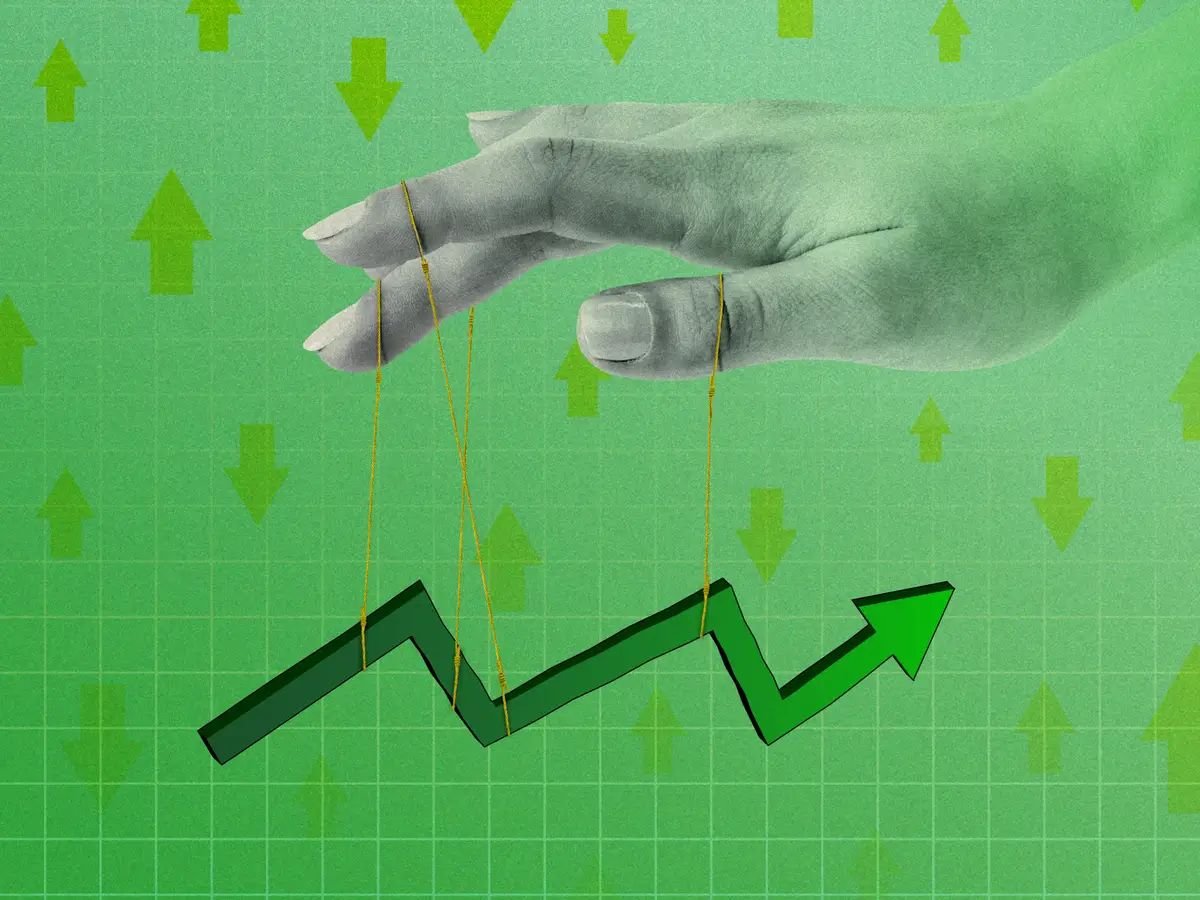The Invisible Hand: Unraveling the Forces Behind Market Economies
In the vast web of economic theories, few concepts have had as profound an impact as Adam Smith’s Invisible Hand. First introduced in his 1776 magnum opus, The Wealth of Nations, this idea continues to shape modern economic thought, influencing policy, market behavior, and the way we perceive economic interactions. But what exactly is the Invisible Hand, and how does it operate in today’s dynamic global economy?
The Invisible Hand is a metaphor for the self-regulating nature of markets. According to Smith, individuals pursuing their self-interest inadvertently contribute to the greater economic good. In a free-market system, producers aim to maximize their profits by providing goods and services that consumers demand. This pursuit leads to innovation, efficiency, and competition, which ultimately benefits society by ensuring better products, lower prices, and a more efficient allocation of resources. Imagine a baker who bakes bread not out of altruism, but to earn a living. In trying to sell his bread, he competes with other bakers, driving quality up and prices down. Consumers benefit from better, cheaper bread, and the baker profits. No central authority orchestrates this outcome — the Invisible Hand guides the market towards equilibrium.
In today’s global economy, the Invisible Hand operates across industries, shaping everything from technology to finance. Take e-commerce, for example. Companies like Amazon have revolutionized retail by prioritizing efficiency and customer satisfaction. In their pursuit of profit, they’ve streamlined supply chains, improved delivery speeds, and made products more accessible, inadvertently creating enormous consumer value. Similarly, in financial markets, investors seeking personal gain allocate capital to companies they believe have the most potential. This drives investment in innovation, fuels growth, and pushes economies forward. The Invisible Hand ensures that resources are directed towards their most productive uses without the need for central planning.
However, the Invisible Hand isn’t infallible. Market failures occur when individual self-interest leads to suboptimal outcomes for society. Externalities, like pollution from factories, are a classic example. A company might cut costs by polluting, increasing its profits, but society bears the environmental and health costs. In such cases, government intervention becomes necessary to correct market distortions. Monopolies and income inequality further highlight the limitations of relying solely on market forces. When companies gain excessive market power, competition dwindles, prices rise, and innovation stagnates. Similarly, unchecked capitalism can widen the gap between the rich and the poor, creating social unrest.
For markets to function optimally, a balance between the Invisible Hand and government intervention is crucial. Regulations that prevent monopolies, protect consumer rights, and address environmental concerns ensure that markets remain fair and competitive. Countries like Sweden and Denmark exemplify this balance, combining free-market principles with robust social safety nets to create thriving, equitable economies.
The Invisible Hand remains a cornerstone of economic thought, illustrating how individual pursuits can align with societal benefits. Yet, it’s not a one-size-fits-all solution. Markets need oversight to prevent exploitation and ensure fairness. As economies grow more complex, understanding and respecting the Invisible Hand while recognizing its limitations is key to crafting policies that foster sustainable growth and shared prosperity. In essence, the Invisible Hand is a guiding force, not a panacea. Harnessing its power while mitigating its shortcomings holds the key to a more balanced, inclusive, and prosperous global economy.
Article written by Pragya Siotia | Proofread by Zhangir Zhangaskin
